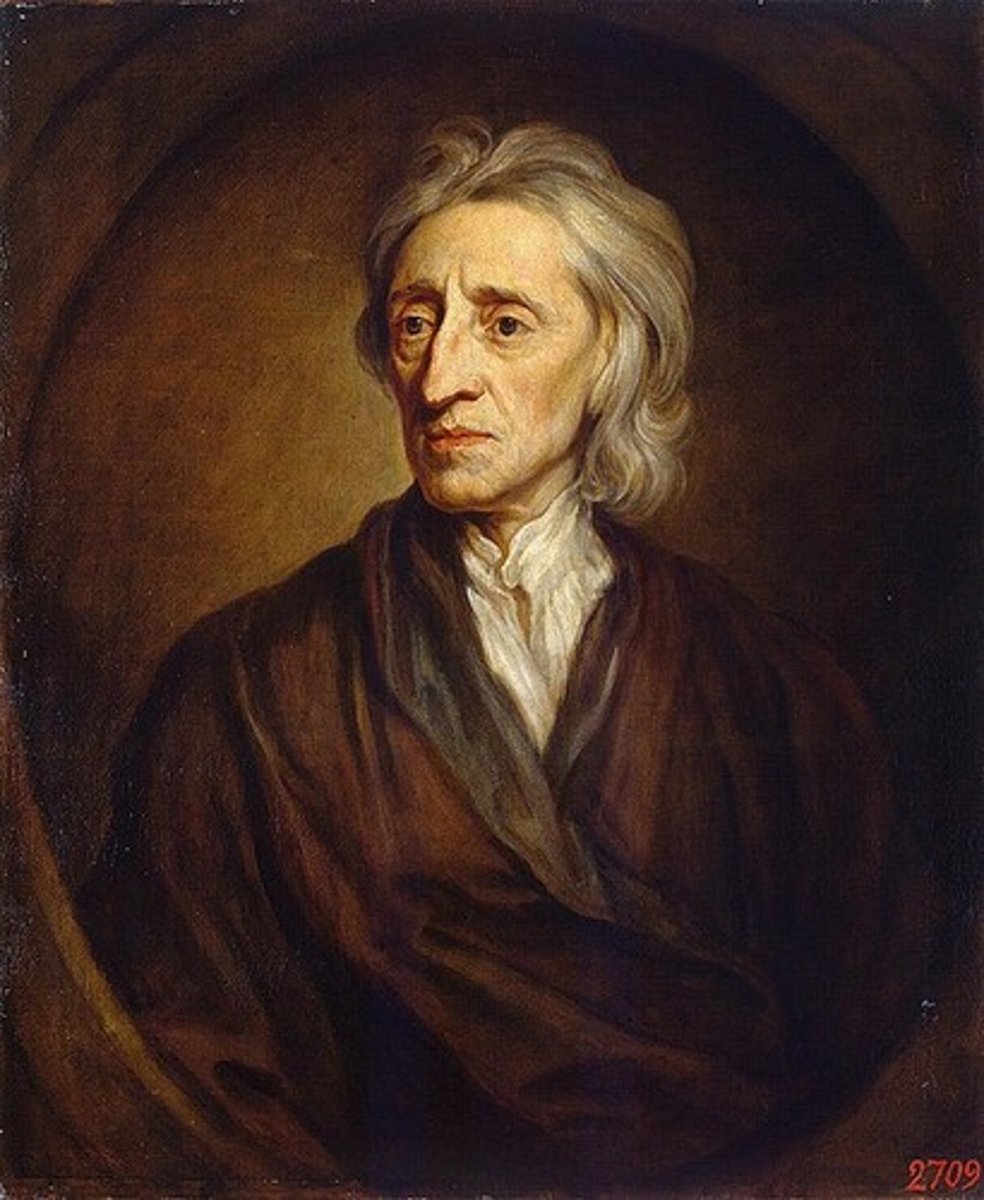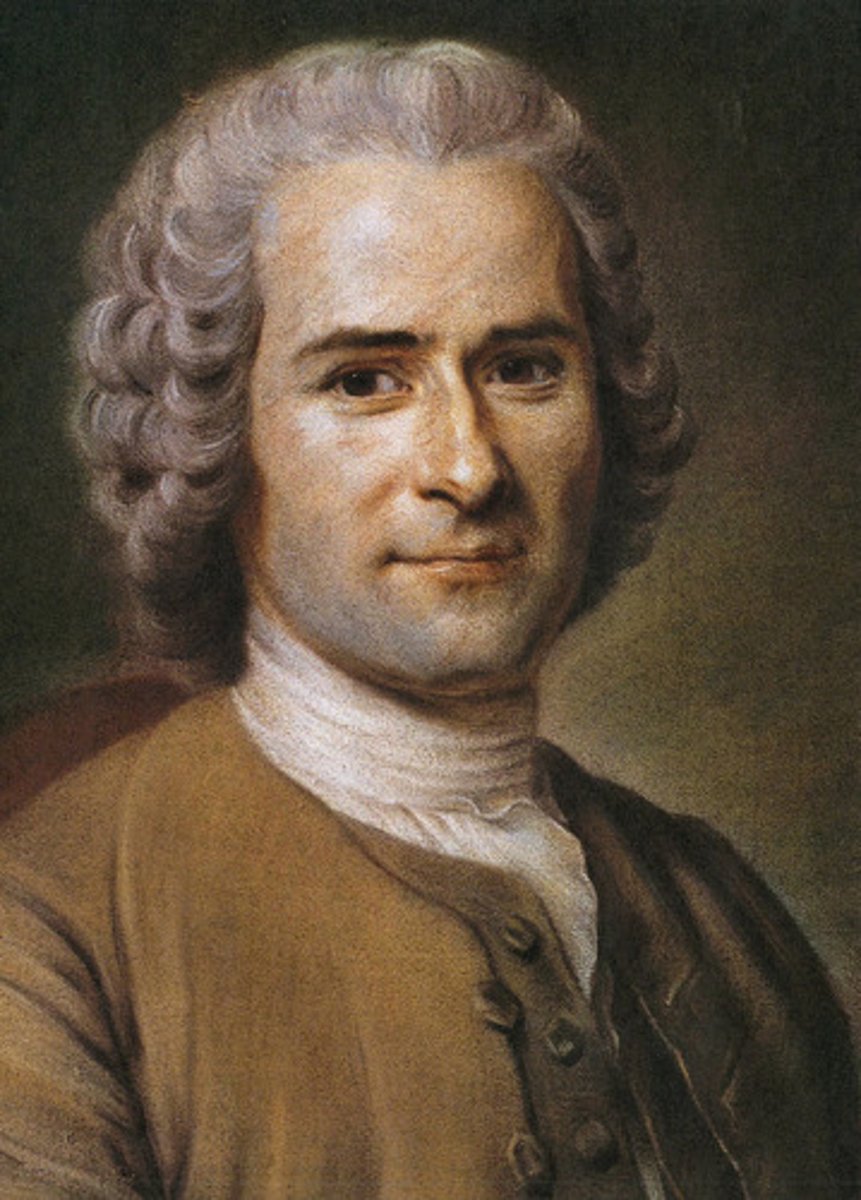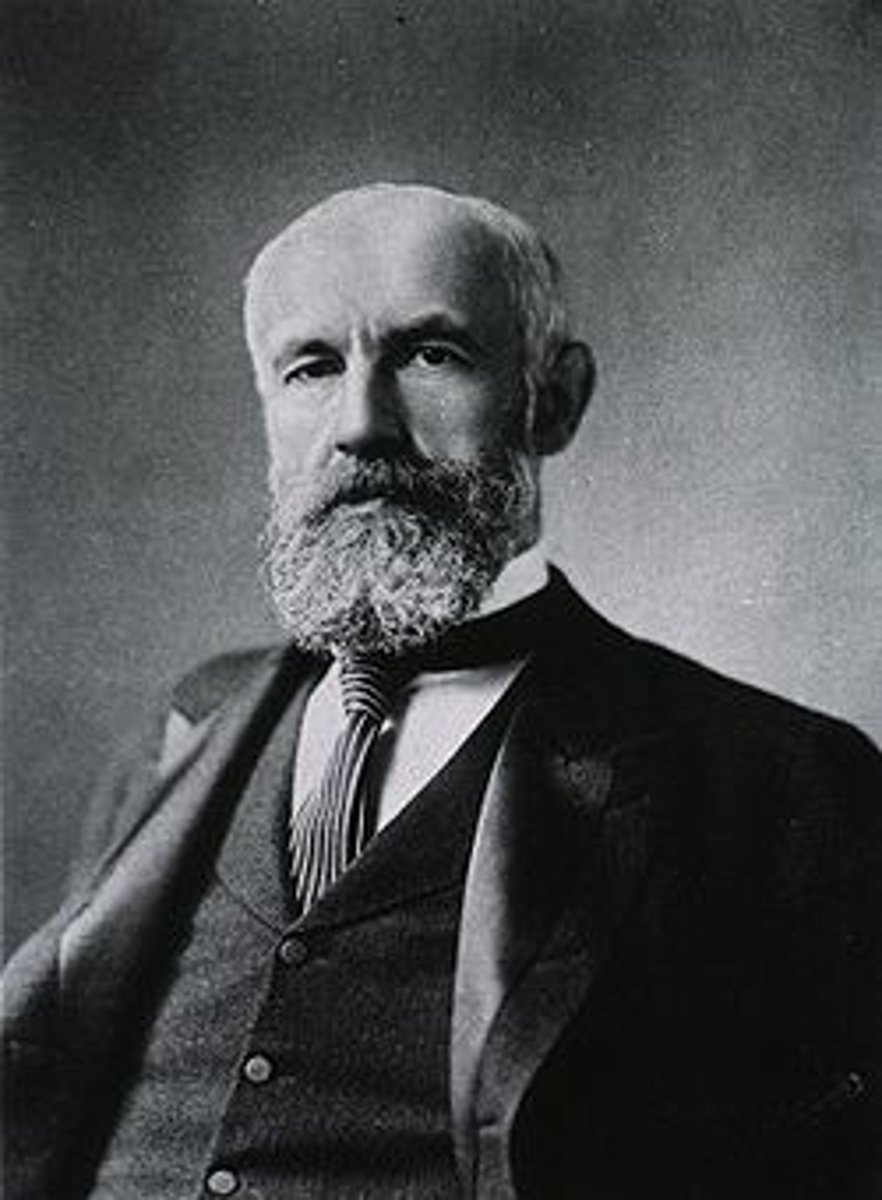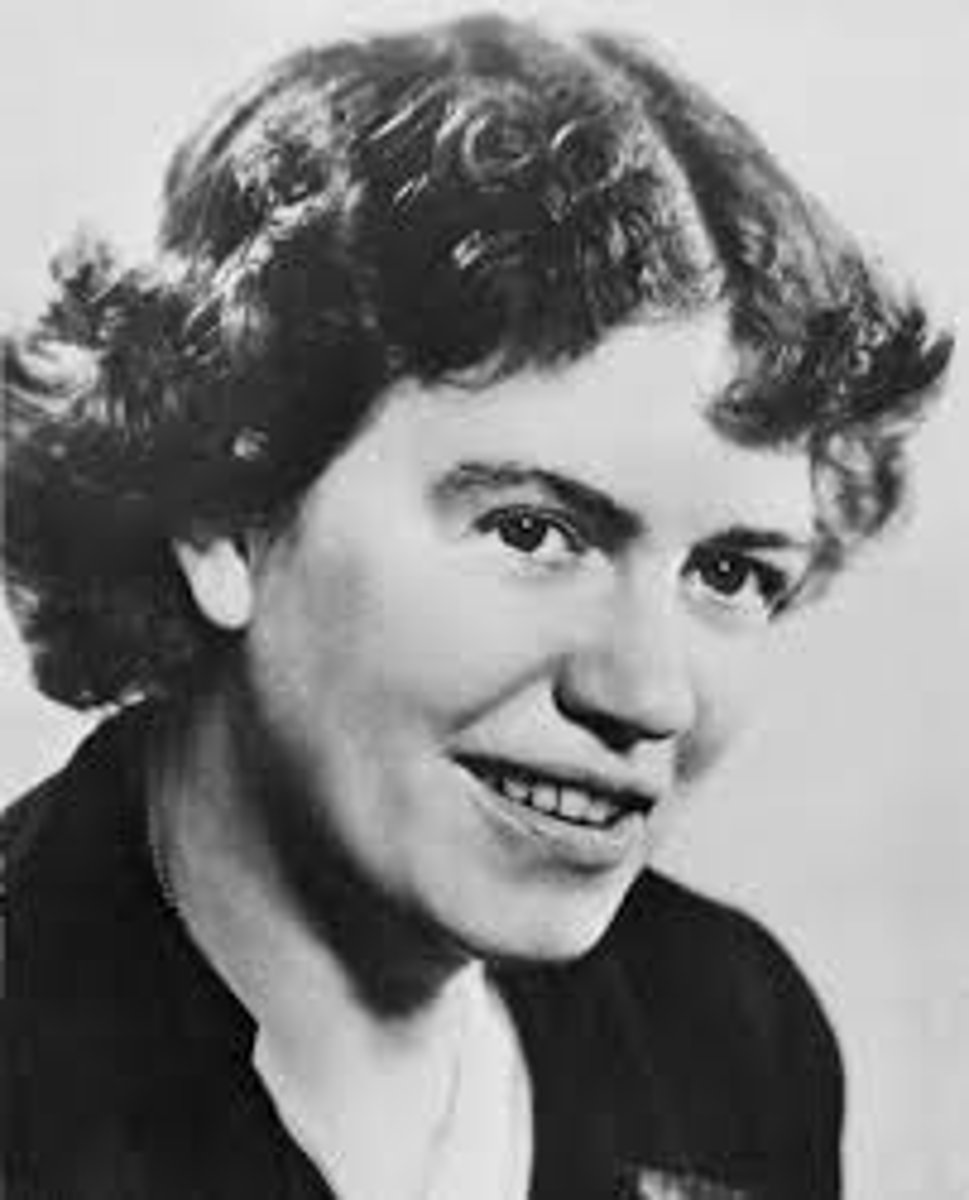Chapter 1: Adolescent Development in Today's World
1/109
There's no tags or description
Looks like no tags are added yet.
Name | Mastery | Learn | Test | Matching | Spaced |
|---|
No study sessions yet.
110 Terms
---: a period of the life course between the time puberty begins and the time adult status is approached (roughly ages 10 to 18), when young people are in the process of preparing to take on the roles and responsibilities of adulthood in their culture.
Note* The length, content, and daily experiences of --- differ across cultures and history.
Adolescence
Adolescence as a term was not coined until the early 1800s; however, the notion of a transitional period of age has always existed
False
1 multiple choice option
Adolescence is not equivalent to being a ''teenager'' as the latter is a social construction that is relative, whereas adolescence is a biological function of having started puberty.
True
1 multiple choice option
The second decade of life is, according to ---, especially defined by delinquent behaviour (negative peer-pressure), per his experience.
St. Augustine
---: The total pattern of a group's customs, beliefs, art, and technology.
Culture
---: used to describe groups of people living in rural areas of developing countries, who may practice more traditional aspects of their culture compared to people in urban areas of similar geographic locations.
Traditional Cultures
In general, traditional cultures tend to be:
Collectivist
3 multiple choice options
---: increasing worldwide technological and economic integration, which is making different parts of the world increasingly connected and increasingly similar culturally.
Globalization
---: Having an identity that includes aspects of two different cultures.
Bicultural
---: Within a country, the cultural group that sets most of the norms and standards and holds most of the positions of political, economic, intellectual, and media power.
Majority Culture
---: settings that contribute to variations in pathways of adolescent development, including family, peer groups, school, work, media, civic institutions, and religious institutions.
Contexts
What are the four ways in which individual variation can affect adolescence?
I. Context(s)
II. Socioeconomic Status (SES) [Social Class]
III. Gender
IV. Ethnicity
---: a person's social class, including educational level, income level, and occupational status.
Socioeconomic Status (SES)
Both Plato and Aristotle maintained that during the third stage of life (14-21 years of age); how did their views differ?
Plato thought that once a child reached adolescence, they could begin proper education per their reasoning faculties, whereas Aristotle thought that, in combination with this, impulse control was to be maintained until the climax of adolescence.
3 multiple choice options
During the early Christian period within Europe, much was understood in the way of adolescent development.
False
1 multiple choice option
The 6th through 15th centuries concerning adolescence were defined by:
Laws protecting children and youth
3 multiple choice options
The 16th through 18th centuries concerning adolescence were defined by:
Life-cycle service
3 multiple choice options
The 18th through 19th centuries concerning adolescence were defined by:
Delinquent behaviour
3 multiple choice options
--- argued that an infant is born tabula rasa, and that parents are responsible for instructing, rewarding, and disciplining young children, with authority diminishing with age.
John Locke

--- was the first person to categorize individuals through age and development (chronological organization), with various ages correlating with differing or unique stages/milestones.
--- also contended that children were inherently innocent, weak, and easily susceptible to temptation. He believed that humans were born pure, but that one's interactions with the environment could cause adverse effects on their development. He also believed that children needed protection from child labour and negative influences within civilization.
Jean-Jacques Rousseau

It was only toward the end of the 19th century and the beginning of the 20th century that adolescence became a widely used term. Before this time, young people in their teens and early 20s were more often referred to as youth or simply as young men and young women.
True
1 multiple choice option
In the United States and other Western countries, the years 1890-1920 were crucial in establishing the characteristics of modern adolescence. The three key changes that occurred during these years were (i.e identify the three features that made the years 1890-1920 the Age of Adolescence):
1. Legislation prohibiting child labour
2. Compulsory education
3. Adolescence as a distinct field of scholarship
The years between 1890 and 1920 are also known as the:
Age of Adolescence
3 multiple choice options
Who is considered the ''father'' of the Child Study Movement, and wrote extensively on the physical, psychological, social, and cultural impacts of adolescence?
Note* He was also the founder of the American Psychological Association, earned the first doctorate in psychology awarded in the United States of America, and was the one who coined the term ''adolescence.''
G. Stanley Hall
2 multiple choice options

The --- brought to a focus several motives and needs in American society in the late nineteenth century. The --- was not a simple outgrowth of either scientific progress or social change. It was an event that occurred at the intersection of science and society. Several groups in society, not identical in their interests, engaged with scientists and scholars who were not unanimous in their visions of ways and means and possibilities for researching ways to improve the lives of children and adolescents.
Child Study Movement
G. Stanley Hall maintained two important concepts concerning the state of adolescence, those being:
I. Recapitulation
II. Storm and Stress
---: the now-discredited theory that held that the development of each individual recapitulates the evolutionary development of the human species as a whole.
Recapitulation
---: the theory promoted by G. Stanley Hall, asserting that adolescence is inevitably a time of mood disruptions, conflict with parents, and antisocial behaviour.
Storm and Stress
What three behaviours are associated with the time of Storm and Stress according to Hall?
I. Conflict with Parents
II. Mood Disruptions
III. Risk Behaviour
---: Lamarck's now-discredited ideas, popular in the late 19th and early 20th centuries, that evolution takes place as a result of accumulated experience, such that organisms pass on their characteristics from one generation to the next in the form of memories and acquired characteristics.
Lamarckian
What two perspectives were notably critical of Hall's Lamarckian-inspired recapitulation theory?
I. Inventionist View
II. Sociocultural View
The --- view argues that adolescence is a sociohistorical construction created to ensure dependency of youth and restrict their entrance into the labour market.
Inventionist
The --- approach to adolescent development considers how cultural values and norms influence children's transition into adulthood, and promotes the notion that the transition from childhood to adulthood can be smooth and stress-free
Sociocultural
Who is credited with having developed the sociocultural approach to adolescent development, and the first person to conduct an ethnography on adolescence.
Margaret Mead
3 multiple choice options

When exactly in adolescence do the three Storm and Stress characteristics present themselves?
I. Conflict with Parents (Mid-adolescence)
II. Mood Disruptions (Mid-adolescence)
III. Risk Behaviour (Late-adolescence)
3 multiple choice options
What thinkers followed Hall within the 20th century, all of whom had an intrest in studying adolescence?
I. Sigmund Freud
II. Anna Freud
III. Erik Erikson
IV. Jean Piaget
V. Robert Havighurst
VI. Urie Bronfenbrenner
3 multiple choice options
Of the six thinkers of the 20th century primarily associated with studying adolescence, which one was keenly aware of the relativistic and non-univieral nature of their developmental model?
Robert Havighurst
3 multiple choice options
According to Sigmund Freud, all children must undergo a mode of psychosexual development, going through five total stages, those being and in reference to the age at which they occur:
I. Oral - birth to 1 ½ years of age,
II. Anal - 1 ½ to 3 years of age
III. Phallic - 3 to 6
IV. Latency - 6 years of age to puberty
V. Genital - begins with puberty
3 multiple choice options
Differing from her father's psychosexual perspective, Anna Freud upheld that adolescent development was marked by:
The quest for independence from parents and forming healthy relationships with peers
2 multiple choice options
Erik Erikson proposed eight stages of development within his psychosoical theory, which goes as follows:
I. Trust vs. mistrust: infancy
II. Autonomy vs. shame: toddlers
III. Initiative vs. guilt: preschoolers
IV. Industry vs. inferiority: childhood
V. Identity vs. identity confusion: adolescence,
VI. Intimacy vs. isolation: early/emerging adulthood
VII. Generativity vs. stagnation: middle adulthood
VIII. Integrity vs. despair: late adulthood
3 multiple choice options
Jean Piaget's theory of cognitive development maintains four stages, those being in order:
I. Sensorimotor stage: birth to 2 years of age
II. Preoperational stage: 2 to 7 years of age
III. Concrete operational stage: 7 to 11 years of age
IV. Formal operational stage: 11 years of age and on
3 multiple choice options
Robert Havighurst's theory of human developmental and corresponding developmental tasks for adolescence included what tasks, and in what order?
- Forming healthy relationships with peers
- Learning and adopting gender appropriate characteristics and behaviours
- Accepting physical changes due to puberty
- Establishing emotional independence from parents
- Preparing for marriage and family
- Preparing for a career
- Developing values and an ethical system
- Developing a social ideology
- Acknowledged role for culture, class, and history
Urie Bronfenbrenner's Systems model is oftentimes visualized as several circles that form over one another to illustrate the levels of social systems that have influence over individuals as they develop; list them in order from smallest to largest:
I. Individual
II. Microsystem
III. Mesosystem
IV. Exosystem
V. Macrosystem
VI Chronosystem
3 multiple choice options
As advances in methods used to measure adolescent development began to be made, what consequences arose from them?
I. Age becomes increasingly important in marking the stages of development
II. There is a greater focus on problematic behaviours associated with adolescence
III. Longitudinal studies assessing child development were continued into adolescence
IV. Plasticity and diversity in human development are revealed
V. Context is identified as an important factor in individual development
---: the process of scientific investigation, involving a series of steps from identifying a research question through forming a hypothesis, selecting research measurements and designs, collecting and analyzing data, and drawing conclusions.
Scientific Method
The scientific method has what five steps? List them in order:
I. Identify a Research Question
II. Propose a Hypothesis
III. Choose a Research Measurement & Design
IV. Collect Data
V. Draw Conclusions
3 multiple choice options
---: a researcher's idea about one possible answer to the question proposed for investigation; finding an answer to an important question that emerges from theory or previous research.
Hypothesis
---: The plan for when, where, and with whom to collect the data for the study.
Research Design
The approach to collecting data such as interviews, questionnaires, and observations.
Research Measurement
---: strategies for collecting data
Methods
---: the people included in a given study who are intended to represent the population of interest.
Sample
---: The entire group of people of interest in a study.
Population
---: The degree to which a sample accurately represents the population of interest.
Representative
---: the degree to which findings based on a sample can be used to make accurate statements about
the population of interest.
Generalizable
---: he step-by-step order in which a study is conducted and data are collected.
Procedure
---: when an article or book is evaluated by a researcher's peers (i.e., other researchers) for scientific credibility and importance.
Peer Reviewed
---: a framework that presents a set of interconnected ideas in an original way, inspiring further research.
Theory
To prevent ethical violations, most institutions that sponsor research, such as universities and research institutes, require proposals for research to be approved by an ---. ---s usually comprise people who have research experience themselves and therefore have a background that enables them to judge whether the proposed research follows reasonable ethical guidelines.
In addition to ---s, professional organizations such as the American Psychological Association (APA) and the Society for Research on Child Development (SRCD) often have a set of ethical guidelines for researchers.
Institutional Review Board (IRB)
The requirements of IRB and the ethical guidelines of professional organizations usually include the following four (five*) components:
1. Protection From Physical And Psychological Harm.
2. Informed Consent Prior To Participation.
3. Confidentiality.
4. Debriefing (especially if deception is utilized).
5.*Awareness of underrepresented groups that may create gender, ethnic, cultural, and class bias
---: standard procedure in social scientific studies that entails informing potential participants of what their participation would involve, including any possible risks.
Informed Consent
---: a written statement provided by a researcher to potential participants in a study, informing them of who is conducting the study, the purposes of the study, and what their participation would involve, including potential risks.
Consent Form
3 multiple choice options
---: written questions where participants typically select among answers chosen by the researcher.
Questionnaire
A questionnaire can be one of two kinds, those being:
I. Closed Question
II. Open-Ended Question
---: format that entails choosing from specific responses provided for each question.
Closed Question
---: format that involves writing in response to each question.
Open-Ended Question
What variation of questionnaires are more common in the social sciences?
Closed Question
2 multiple choice options
---: a questionnaire study that involves asking a large number of people questions about their opinions, beliefs, or behaviour.
Survey
A survey is not the same as a questionnaire.
True
1 multiple choice option
---: sampling technique in which researchers select participants so that various categories of people are represented in proportions equal to their presence in the population.
Ex. If we know that 52% of 13- to 17-year-olds in the United States are female, we want the sample to be 52% female; if we know that 13% of 13- to 17-year-olds are African American, the sample should be 13% African American.
Stratified Sampling
---: sampling technique in which the people selected for participation in a study are chosen randomly, meaning that no one in the population has a better or worse chance of being selected than anyone else.
Random Sample
Stratified samples cannot incorporate random sampling techniques.
False
1 multiple choice option
---: spoken questions where participants typically provide answers in their own words.
Interview
---: data collected by observing people and recording their behaviour either on video or through written records.
Observations
---: includes measures of genetic, hormonal, and brain activity.
Biological Measurements
What are two drawbacks of using biological measurements when studying adolescents?
I. Expensive equipment
II. ''Chicken or the egg'' interpretation
---: the extent to which a measurement generates consistent results.
Reliability
---: the truthfulness of a measure, that is, the extent to which it measures what it claims to measure.
Validity
In general, reliability is more difficult to establish than validity.
False
1 multiple choice option
What are the four primary modes of research measurement concerning adolescents? What are their advantages, disadvantages, and are they either qualitative or quantitative?
I. Questionnaire - A: Large sample, quick data collection - D: Present responses only, no depth - quantitative
II. Interview - A: Individuality & complexity - D: Time/effort of coding - qualitative
III. Observations - A: Measure genuine behaviour - D. Observation challenges authenticity (Hawthorne effect) - qualitative/quantitative
IV. Biological Measurements - A: Precise - D. Expensive, relations may be unclear - Quantitative
What are the five (*eight) primary modes that research designs can assume?
I. Experimental
II. Natural Experiments
III. Ethnographic Research
IV. Case Studies
V. Correlational Designs
V.I Longitudinal
V.II Cross-Sectional
V.III Cohort-Sequential
---: compares an experimental group that received a treatment to a control group that did not receive the treatment.
Experimental Design
---: in experimental design, the group that receives the treatment.
Experimental Group
---: in experimental design, the group that does not receive the treatment.
Control Group
---: the variable that is different for the experimental group than for the control group.
Independent Variable
---: the outcome that is measured to evaluate the results of the experiment.
Dependent Variable
A variable is any attribute or property in which organisms (objects, events, people) vary. What are the two qualities that something must have to be considered a variable?
I. Must consist of two values (e.g. male and female)
II. One and only one value (e.g. male or female)
Dependent variables are also referred to as ''---'' variables in correlational studies.
criterion
1 multiple choice option
Independent variables are also referred to as ''---'' variables in correlational studies.
predictor
1 multiple choice option
---: a program or policy intended to change the attitudes and/or behaviour of the participants.
Intervention
---: a field of study that presents strong connections among theory, research, and application, insofar as to optimize human development through designing and evaluating interventions based on empirical research.
Applied Developmental Science
Any research design that is non-experimental is considered a --- research design, in which no variables are manipulated.
corelational
2 multiple choice options
---: a situation that occurs naturally but that provides interesting scientific information to the perceptive observer. Typically, the situations involve"treatments" that a researcher could not ethically administer, such as having a learning disability or living in a highly polluted area.
Natural Experiment
The most common natural experiments in social sciences involve ---.
adoption & twin studies
3 multiple choice options
The most common natural experiments in social sciences that involve twins that are adopted, specifically twins that are ---.
Monozygotic (MZ)
1 multiple choice option
---: a research design that involves spending extensive time among the people being studied.
Ethnographic Research
---: a book that presents an anthropologist's observations of what fe is like in a particular culture.
Ethnography
---: the detailed examination of a particular person, group, of situation over time.
Case Study
---: data collected on naturally occurring variables.
Correlational Design
---: a statistical relationship between two variables, such that knowing one of the variables makes it possible to predict the other, which can either be positive or negative.
Correlation
---: correlation is a predictable relationship between two variables, such that knowing one of the variables makes it possible to predict the other. However, just because two variables are correlated does not mean one causes the other.
Correlation versus Causation